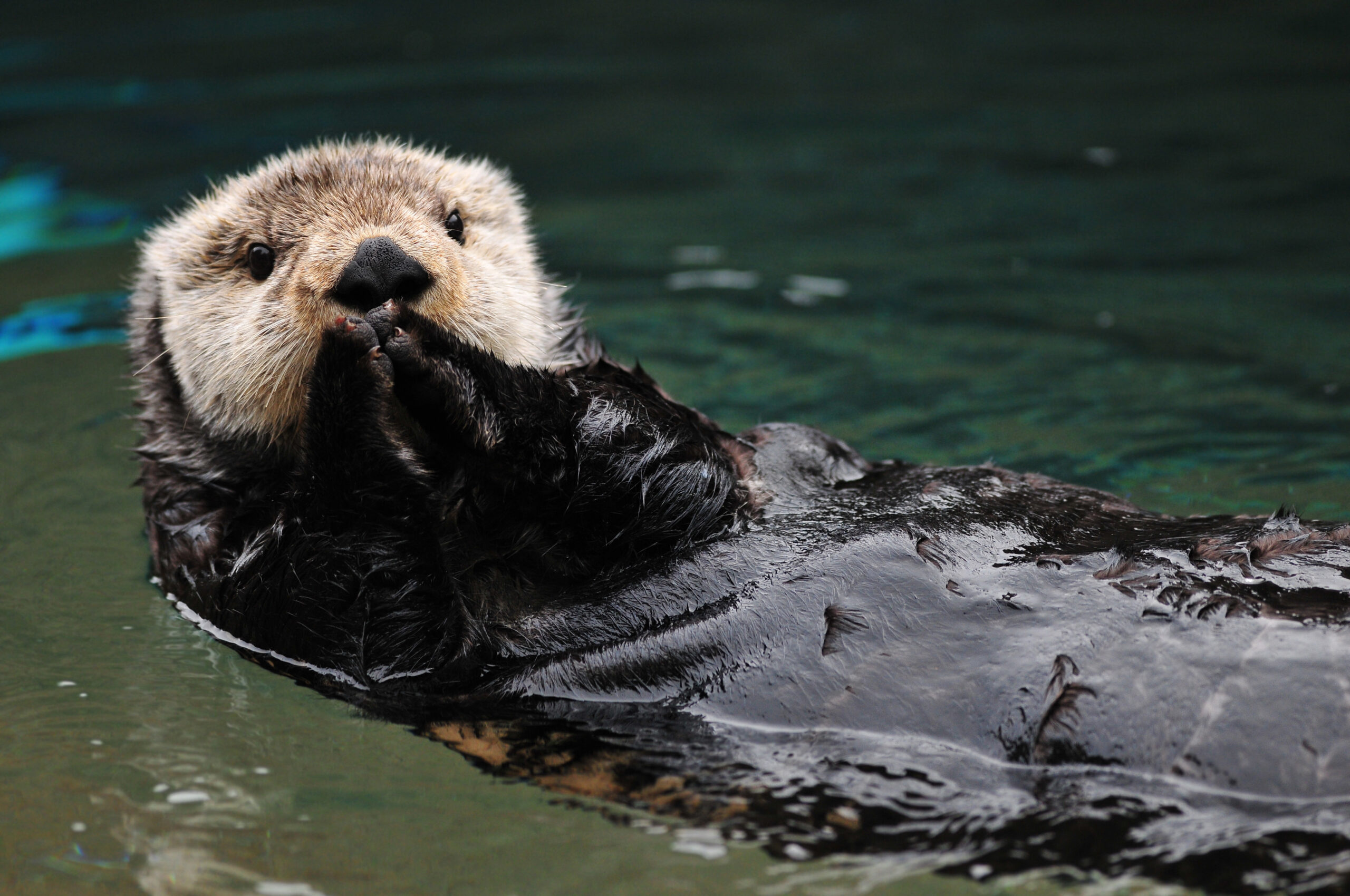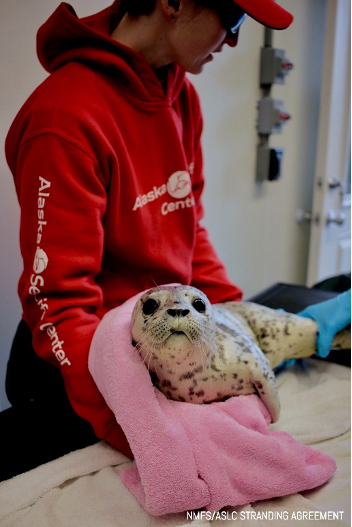Building Partnerships to Protect Arctic Marine Wildlife From an Oil Spill
Working together is the most effective way to sustain a unique response system designed to rehabilitate oil-injured wildlife

Buddy Custard is the President and Chief Executive Officer of the Alaska Chadux̂ Network (ACN). He possesses extensive knowledge and expertise working maritime operations from both the public and private sectors. Buddy served with the U.S. Coast Guard for more than 30 years, attaining the rank of Captain.
The Arctic region as defined by the U.S. Arctic Research and Policy Act of 1984 includes the “Great Circle Route.” This route is transited by thousands of large ocean-going vessels annually along the Aleutian Archipelago and supports billions of dollars in essential trade and commerce to and from the United States. This region further includes the Alaska Maritime National Wildlife Refuge, covering some 3.4 million acres, with a mission to conserve, protect and restore the diverse lands, waters, wildlife and cultural resources of the traditional homelands of Alaskans. Over the years, vessel traffic to the northern Arctic region has drastically increased as the ice recesses and shipping channels remain ice-free for longer periods throughout the year.
This increased vessel traffic creates an increased risk of spills. Alaska Chadux̂ Network (ACN) has continuously pioneered and refined solutions to reduce the risk of marine oil spills. Preventing oil spills before they happen is always the best approach. At the same time, we’re doing all we can to ensure we are prepared to respond effectively if there is a spill.
In protecting the marine wildlife that inhabit this pristine marine and coastal ecosystem from a potential vessel oil spill, ACN and the Alaska SeaLife Center (ASLC) have recently established an agreement to implement a program that would respond to an oil spill impacting marine mammals—like sea otters, seals and sea lions—throughout Western Alaska, the U.S. Arctic and Prince William Sound. The Agreement includes funding from ACN, an Alaska-based oil spill response organization, so ASLC can further develop oiled marine mammal response protocols and acquire specialized response resources. In addition, the new program involves opportunities to train, exercise and drill with ACN responders, including ACN partners in local communities, and to support remote ASLC specialized veterinarians and technicians in the oil spill response environment.
The new program will include the development of a targeted Oiled Marine Mammal Program that outlines how best to rapidly mobilize, assess, treat and stabilize marine mammals impacted by an oil spill in the remote areas of Alaska. Unique solutions to logistical and treatment obstacles will be identified through pre-response assessments, which will address the unique challenges of operating where lack of infrastructure and support facilities are common. The result will be a pre-planned system that can be rapidly mobilized to reinforce oil spill operations that require the support of specialized marine mammal veterinarians, animal care professionals and support equipment.
In addition to ACN partnering with the Alaska SeaLife Center, ACN also has a long-standing partnership with International Bird Rescue (IBR). IBR assisted ACN in developing a response trailer designed for rapid mobilization and care of injured birds and small mammals. Like ASLC, IBR also provides bird care professionals and support equipment to assist in the rehabilitation of oiled wildlife.
Building response capacity and capabilities through partnerships with wildlife professional organizations, such as the Alaska SeaLife Center and International Bird Rescue, is the most effective way to sustain a unique response system designed to rehabilitate oil-injured wildlife.
ACN’s history is rooted in Western Alaska. Through the commitment of the maritime industry and dedicated Alaskans, ACN continues to leverage its experience to provide communities and residents the oil spill response system they rightly deserve to protect our marine ecosystem and wildlife.